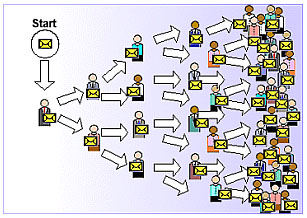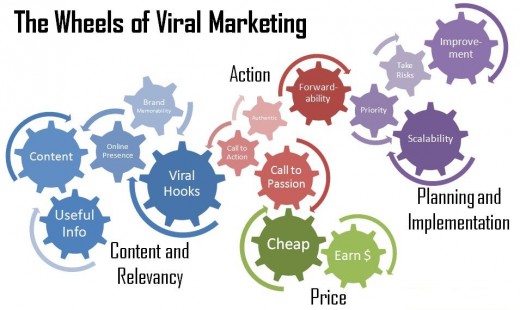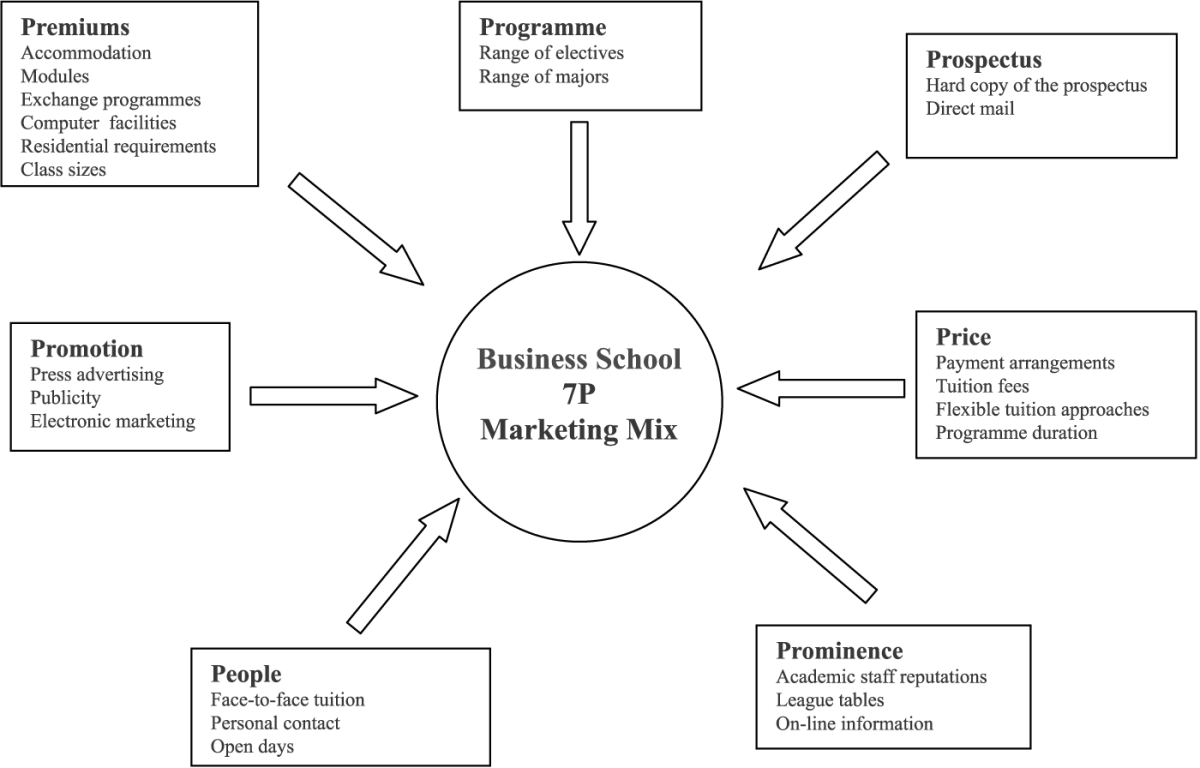Guerrilla marketing in general and tips on How to build a successful viral marketing campaign

Guerilla marketing
Guerrilla marketing is a shocking and special form of marketing that uses colourful, uncommon new ideas to reach its target audience. With the help of social media and consumers it is usually a very successful way to advertise something. This kind of marketing differs from the conventional marketing communication methods in a way that guerrilla marketing gurus always try to use totally new ideas to create their ad campaigns. It is mostly used by smaller firms as bigger companies simply don’t require (or don’t care to use) these kind of marketing tools to reach more consumers.
The benefits of guerrilla marketing mostly depend on the knowledge of the marketing specialists who are responsible to create these ads and also on the market/environment of the target audience (for example in my home country this way of advertising was never too popular), although I have to state this is a very cost-effective communication technique and any company could easily stand out of the crowd with an ad like this. It is also possible to make guerrilla marketing ads without even directly mentioning or showing a brand, so the company can somehow stay anonymous or stay in the background – meanwhile the brand in the ad can still be seen and the target audience does not even really realise the fact they are controlled on a subconscious level and are actively participating in building a brand.
This uncommon technique of marketing communication combines ATL (Above The Line) and BTL (Below The Line) values, depending on what is the final aim of the advertisement. The best ads are those which are able to control the target audience on forums, in articles or on different websites, while the people are in fact having fun surfing on the internet and won’t notice the real aim of the ad itself.
The 4 most popular advertising techniques of Guerrilla Marketing
Astroturfing
This is a special, supporting form of marketing. We can speak of astroturfing if we see popular forums and different ‘consumer’ webpages, which are in fact controlled and/or hosted by advertising companies. Consumers share their experiences and get involved in conversations on these webpages that are in fact very much influenced and manipulated by the above mentioned companies.
Ambient Media
This is probably the funniest technique. Ambient media uses the place available to the ad to give a shocking, funny and extraordinary fake perception to the consumers. It is also slightly interacting with them, as you will be able to see it on these pictures on the right side.
Examples for Ambient Media
Click thumbnail to view full-size






Word-of-mouth marketing (WOMM)
WOMM is when consumers share their experiences about different products between each other, on special websites, like blogs, consumer forums, and special PR articles, that are in fact written by someone who want to advertise the company or promote it or its products.
(I will write more on this topic in one of my next hubs).

Viral marketing
Is probably the most successful technique of these 4, viral marketing is the perfect way for companies to somehow stay anonymous and still be able to increase brand awareness. This is usually a self-replicating process, as consumers tend to share these viral marketing ads between themselves on forums, social media sites, blogs, etc.
Most of the time, these ads appear in the form of videos, webpages, images, e-mail or sms messages, hoaxes, different games (flash, social media ‘advergames’. During these campaigns the advertiser has no personal control on the spread of the viral ad after a certain point, they just upload and share it on a popular website – after this, the consumers help to spread the ad like wildfire.
Here are some Tips that you better follow while building a viral marketing campaign:
- Be short, creative, interesting and funny. You might also try to create a shocking ad, but these are not as successful and widely spread as the funny ones.
- Remain undercover. Try to remain in the background with your product/brand, never put too much emphasis on it in the ad. In this way people won’t refuse to view/share/like the ad (otherwise people tend to simply skip ads that try to control or influence them too aggressively) and will be able to remember it later as well.
- Choose the best timing. For example if you make an ad about running shoes, the best is if you try to launch your campaign during a special running world-event, like the world championship or the Olympics. During these events people tend to be more acceptant with sport-related ads.
- Make the ad adaptable. If the people can somehow personalise your ad it will spread even faster than you could ever expect.
Guerilla marketing books on Amazon

- Keep the ad free. You can easily prevent an ad to be successful and spread like wildfire if you try to make consumers to download, pay for or watch something prior seeing your ad itself. Barely anyone will pay for or watch something they are not interested in.
- Stay easily transportable. If you allow consumers to be able to spread the ad freely without any restriction, you will be more successful. The best is if your ad can be shared within 1-2 clicks.
- Use the curiosity of your consumers. If your ad is interesting, funny or can be easily personalised by your consumers, then it will be more successful. Don’t hesitate to use these human values for your own benefit (but NEVER deceive and ‘take them for a ride’).
- Make use of relationships and other websites. Build on the fact that most of the consumers have many friends who will also be interested in your ads and they will share the information between each other. Also, if you are able to place your ad onto a popular website or blog, later other sites will probably love to place it on their own site too.
- Try to reach the critical point. The point, when your ad starts to spread ‘on its own’ thanks to the consumers and websites. After this, all you have to do is to relax and later try to measure the success of your ad!

A few years ago, back in Hungary there was a fantastic and incredibly funny Pepsi ad that spread like wildfire on the internet around Christmas time: on a single day I received several e-mails from friends containing the link to the video. It was the ad of Pepsi (although the brand was not even present in the ad) and was reported to be an extremely successful ad in the end (they even won prizes with it). In the following YouTube video capsule, you can see the ad yourself shortly.
The main idea was that in the recent financial recession Santa Claus run out of money and he is unable to bring gifts for everyone on the world, so he chose only ONE person, who will receive something. I guess it is needless to say that the name in this video (that Santa Claus shows) could have been personalised, so with simply entering their name anyone could have been ‘the one’ in this video. The environment of this ad was also believable: Pepsi built a complete site that looked like the webpage of a real TV station with continuously updating news and other content.
A successful viral ad from Hungary
If I am not mistaken, the idea of this Pepsi viral video was based on President Barack Obama’s viral video from 2008, which also proved to be very successful in the USA in that year. Here’s a link where you can read more on this.
That’s all for now, I hope you will find this article useful. Thanks for reading!

Share your ideas!
Please feel free to comment on this hub, your feedback is very much appreciated!
Or, if you feel that you can write fresh, new ideas about this or a similar topic, just join our community and start writing!
© Copyright 2012-2014, Zsofia Koszegi-Nagy (zsobig)

My latest works on HubPages:
- Click Through Rate (CTR) Advertising Tips
This hub is an answer for a question found in the 'unanswered' section that asks: What does CTR mean exactly? What's a good CTR number? I hope this hub will answer all the questions about CTR. Take your time! - The coolest Tech Gadgets for Teachers
In this article I tried to collect the most important and useful gadgets that can be used on classes by teachers and students alike. - The Iroquois Indians - a short introduction of the 'People of the Longhouse'
This article was written about the Iroquois Indians, who were probably one of the most amazing Native American tribes. Read about their everyday life and culture here! - Top 10 countries on the world you should see in your lifetime
Have you ever thought about which country should you visit next? Here are some lovely tips for you about the best places and attractions of the world! - The best places to live: The 5 most livable cities on the world
Have you ever wondered which are the most livable cities on our world? Here is the answer: this article tried to find out, which are the Top5 best places to live.
© 2012 Sophie
















